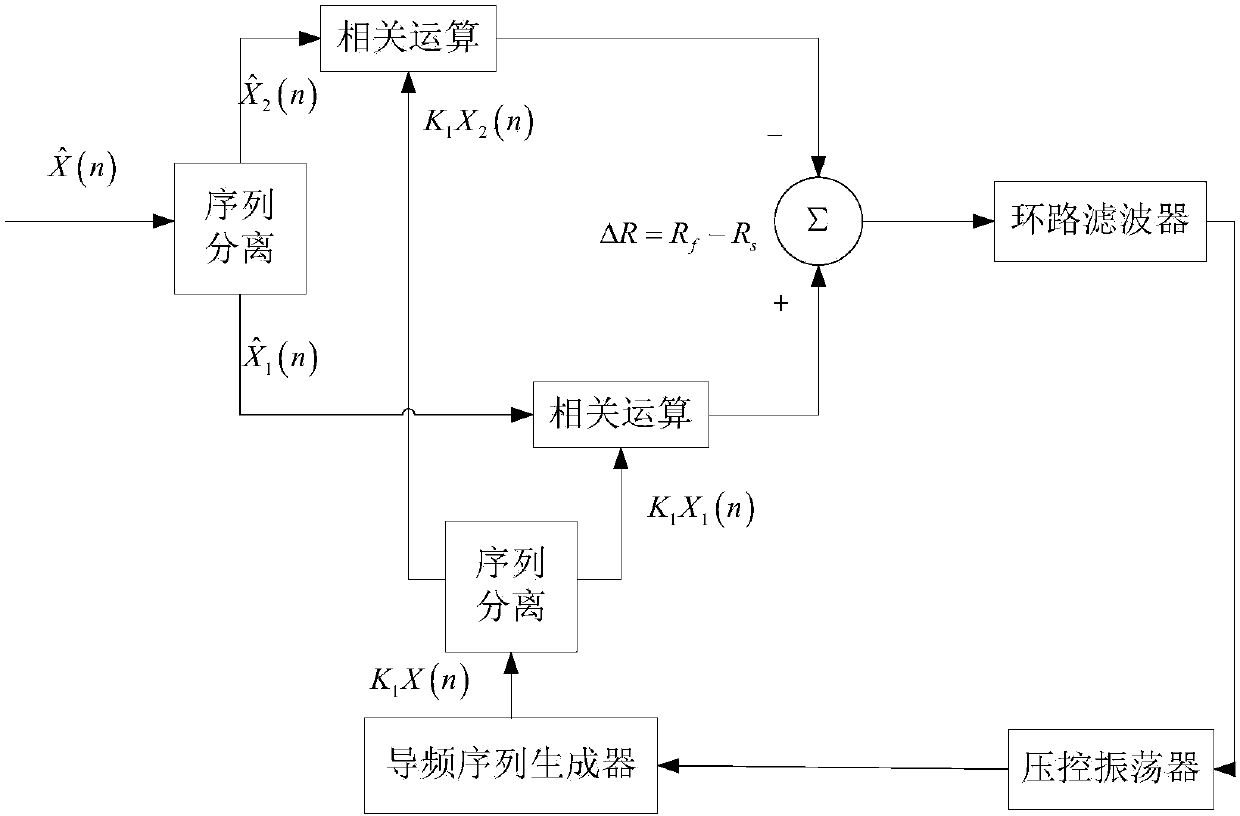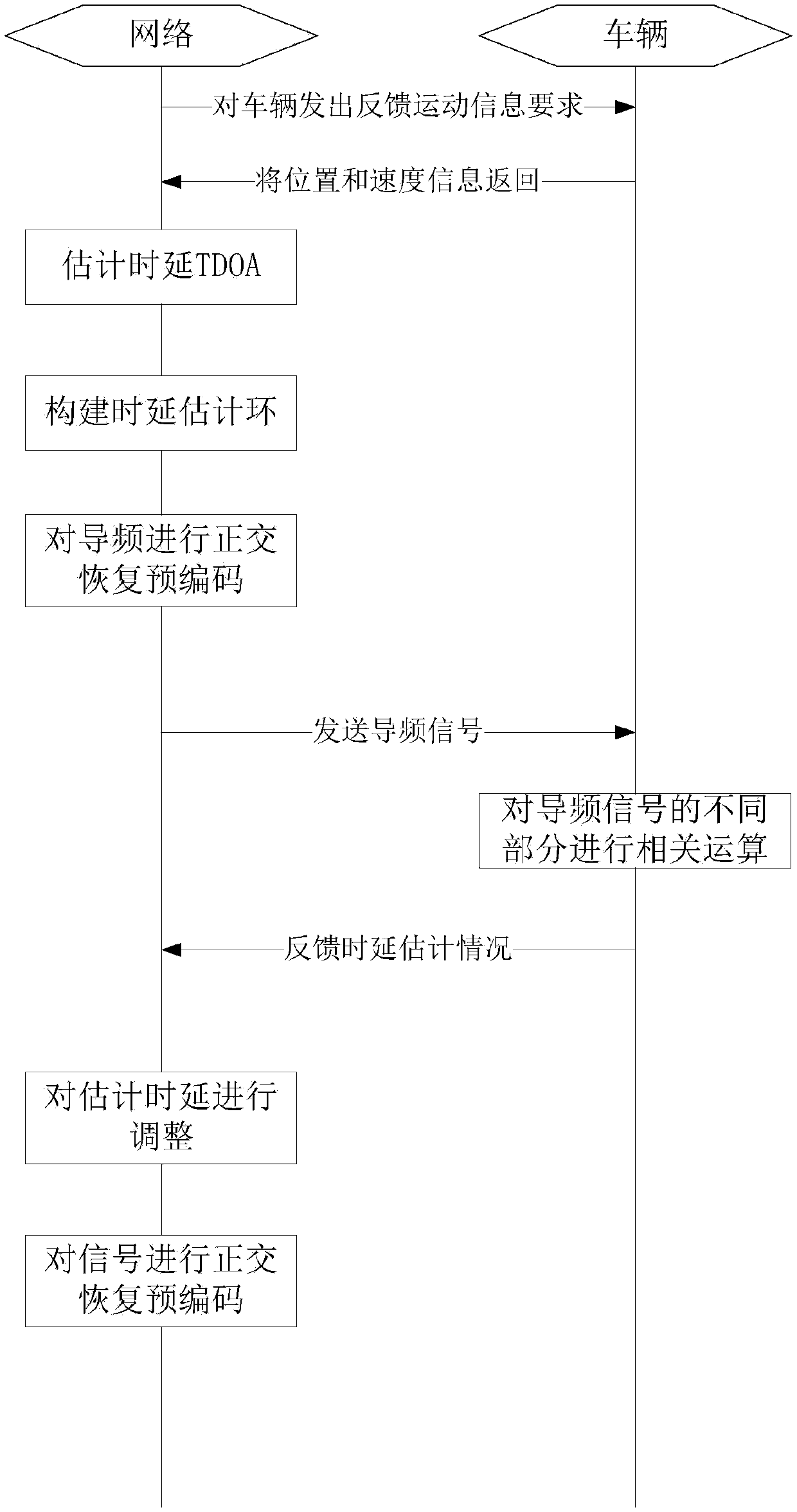Self-adaptive orthogonal recovery spatial frequency encoding method
A space-frequency coding and self-adaptive technology, applied in the direction of multi-frequency code system, space transmit diversity, modulated carrier system, etc., can solve the problems of receiving signal separation and system performance impact, reduce redundancy, improve system signal The effect of the noise ratio
- Summary
- Abstract
- Description
- Claims
- Application Information
AI Technical Summary
Problems solved by technology
Method used
Image
Examples
Embodiment Construction
[0051] The following specific examples are further descriptions of the methods and technical solutions provided by the present invention, but should not be construed as limiting the present invention.
[0052] An adaptive orthogonal recovery space-frequency coding method, image 3 It is a flowchart of the present invention, specifically comprising the following steps:
[0053] Step 1: Pre-estimate the arrival time difference of signals from different antennas according to factors such as vehicle speed and driving direction, namely
[0054]
[0055] In the formula (p,q) is the current position of the target node in the two-dimensional geographic location coordinates, (p l ,q l ) is the position of the lth antenna in the two-dimensional geographic location coordinates, c is the electromagnetic wave propagation velocity, and η is the delay estimation error.
[0056] To estimate the time delay Δt l Construct a delay estimation loop for the central point, namely
[0057] ...
PUM
 Login to View More
Login to View More Abstract
Description
Claims
Application Information
 Login to View More
Login to View More - R&D
- Intellectual Property
- Life Sciences
- Materials
- Tech Scout
- Unparalleled Data Quality
- Higher Quality Content
- 60% Fewer Hallucinations
Browse by: Latest US Patents, China's latest patents, Technical Efficacy Thesaurus, Application Domain, Technology Topic, Popular Technical Reports.
© 2025 PatSnap. All rights reserved.Legal|Privacy policy|Modern Slavery Act Transparency Statement|Sitemap|About US| Contact US: help@patsnap.com



